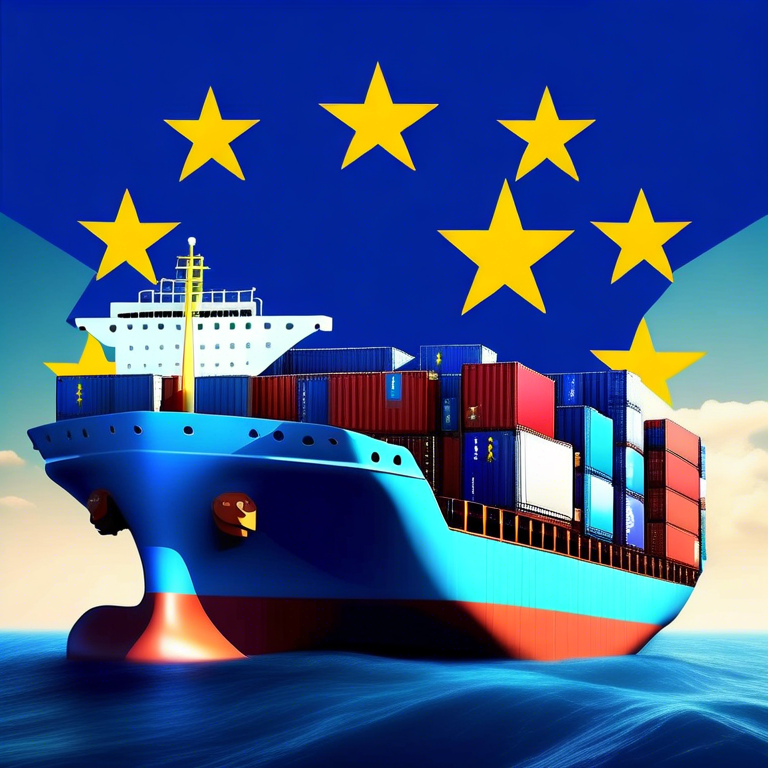Embarking on the journey to understand and utilize Ethereum within the European Union, combined with the power of Docker, provides an advantageous edge to developers. This article delves into the essentials of Ethereum, highlights its significance in the EU’s digital framework, and offers a practical guide on leveraging Docker to enhance your Ethereum deployments. Initiate yourself into the realm of Ethereum with Docker tutorials tailored for EU audiences, paving the way for mastery in decentralized applications.

Ethereum Fundamentals and Its EU Relevance
Ethereum represents a leading blockchain platform that enables the execution of smart contracts and the development of decentralized applications (DApps). In the European Union, Ethereum gains special attention for its ability to foster innovation, enhance security, and promote transparency across various sectors, including finance, healthcare, and education. Recognizing the EU’s commitment to digital transformation, Ethereum’s decentralized nature and its underlying technology, blockchain, are pivotal in achieving the EU’s digital goals.
Docker: A Catalyst for Ethereum Projects
Docker emerges as a critical tool for developers, simplifying the complexities of deploying and managing Ethereum-based applications. It encapsulates applications into containers, ensuring consistency across environments and facilitating scalability and collaboration. Docker’s containerization technology is particularly beneficial for Ethereum developers in the EU, as it supports compliance with the region’s stringent data protection and privacy standards, including the General Data Protection Regulation (GDPR).
Step-by-Step Ethereum Docker Tutorial for EU Developers
Embarking on Ethereum development within Docker environments involves several key steps. Below is a distilled guide specifically designed for understanding and implementing Ethereum development workflows through Docker:
1. Setting up Docker: Start by installing Docker on your system. Ensure you have Docker Desktop for Windows or Mac, or Docker Engine for Linux. Understanding Docker commands and the Dockerfile syntax is crucial for the subsequent steps.
2. Initializing an Ethereum Blockchain: Use Docker to pull an Ethereum blockchain image such as ethereum/client-go. This image acts as your private Ethereum blockchain for development purposes, enabling you to deploy contracts and run tests without incurring transaction fees.
3. Writing Smart Contracts: Write your smart contracts using Solidity, Ethereum’s programming language. Tools like Remix or Truffle can be integrated into your Docker environment for compiling and testing your contracts.
4. Deploying DApps: Once your smart contracts are ready, use Docker to deploy your DApps. Dockerize your application by creating a Dockerfile that specifies the environment, dependencies, and commands necessary for running your DApp.
5. Scaling and Managing Applications: With Docker, scaling your Ethereum DApps is straightforward. You can use Docker Compose to manage multi-container applications or Kubernetes for larger deployments, ensuring your DApps remain scalable and maintainable.
Mastering Ethereum development in the EU using Docker tutorials not only elevates your technical skills but also aligns your projects with the EU’s digital and data protection standards. As the European Union pushes forward in its digital agenda, leveraging Docker for Ethereum projects emerges as an influential strategy in the development landscape. Engage with these Docker tutorials to harness the full potential of Ethereum within the EU’s vibrant technological ecosystem.


